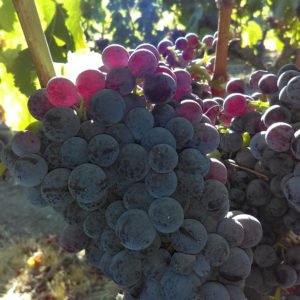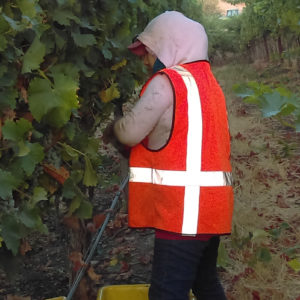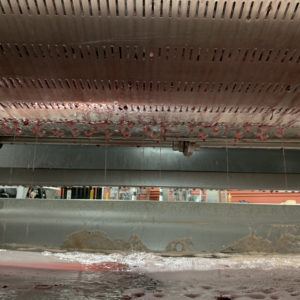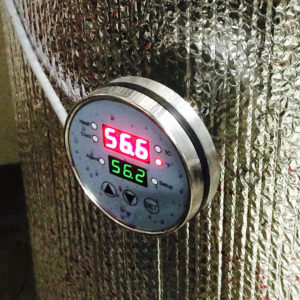Rosé – It’s a matter of Style
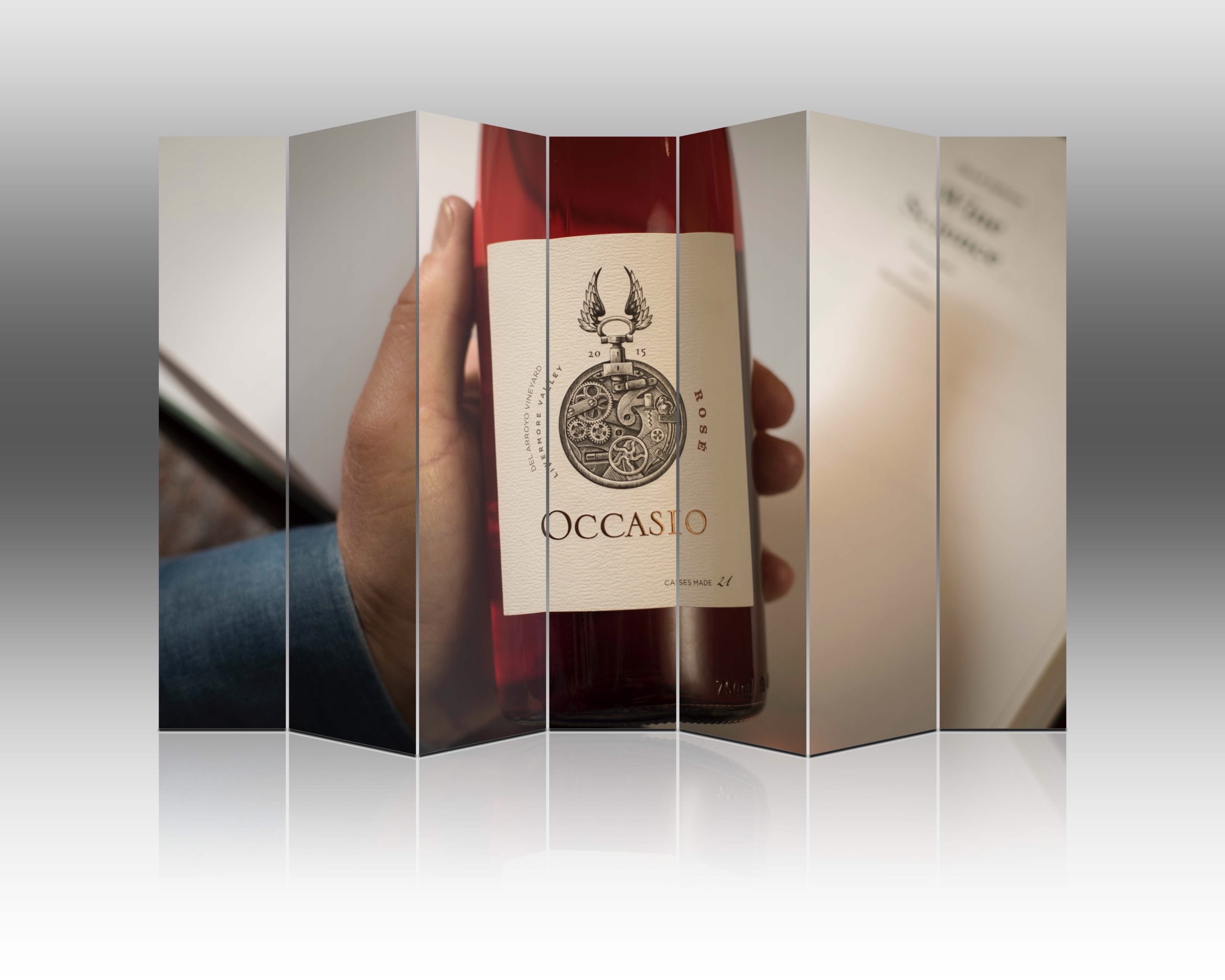
Last week, the current vintage of our Grenache Rosé won Best in Class at Livermore Valley Uncorked. A panel of professional judges – Jim Gordon of Wine Enthusiast, Laura Ness of Spirited and Wine Industry Advisor, and Fred Swan of NorCal Wines – deemed this wine the best rosé in the valley. This is just one of a number of accolades our rosé has achieved over the years, including mention as one of the 5 best rosé wines in California by the Santa Rosa Press Democrat.
We have always been uncomfortable with the term ‘best’ because it implies there really is a best wine of a category. Nevertheless, our rosé has pleased a great many people over the years and the awards and recognition help us to feel that our hard work has been worthwhile.
Our rosé is of a style that might loosely be called Loire – style, a style where the fruit is harvested at low sugar and high acidity and fermented in stainless steel and left unoaked. It is the traditional way to make a rosé.
In actuality, there are two ways to make rosé: saignée, where juice is drawn off from a red wine prior to fermentation, and the traditional method, where fruit is harvested for the single purpose of making rosé wine.
Saignée is the most common method used in the production of rosé wine. With saignée, the grapes are grown to full maturity with the intention of making a red wine. The rosé made this way is often the result of a corrective action, where, in the production of the red wine, there is a need to draw off some of the juice to adjust an overripe must. Because the fruit is harvested late, saignée rosé is often darker in color, is fuller bodied, and has riper flavors than those produced with the traditional method. Saignée can produce an excellent wine, but it is a different style than those wines produced in the traditional fashion.
In the traditional method – the method we use – the fruit is grown and harvested expressly for rosé. With the traditional method, acid is of paramount importance both to balance the perceived sweetness of the fruit and to create a vibrancy and freshness that is essential in the wine. Capturing this acidity requires constant monitoring of the ripening from veraison through harvest.
Our harvest takes place just before dawn when the temperatures are near their coolest. The fruit arrives at the winery early morning still chilled from the night, thereby preserving the volatile flavor compounds that are so easily lost.
When the fruit arrives at the winery, it is hand sorted and stemmed. The stemming cracks a small number of the berries and allows the juice to contact the skins and absorb color. The stemmed berries are placed into our press where skin contact continues until the desired color is reached. Then we press the juice using a proprietary algorithm that keeps the bitter skin tannins from leaching into the juice.
The pressed wine is pumped into a refrigerated stainless-steel tank and then allowed to settle for two days. Settling removes any pieces of pulp, skins, or stems that might have made it through the press. After settling, the cold, clean juice is racked into another refrigerated tank to begin fermentation. Fermentation is low and slow – low temperature for a long time. This reduces the loss of volatile flavors that would occur with warmer fermentation. We reserve warm fermentation for our red wines, which are fermented on the skins.
We are aware that Cameron Diaz is promoting a ‘clean’ wine label. We might suggest that our wines are also clean – perhaps even cleaner. We are one of the few that don’t add bentonite (or any other stabilizer) to our wines. This means that if you keep our rosé in the trunk of your hot car it will cloud up. Bentonite would solve that, but we really don’t want to risk any loss of flavor just to keep you wine clear when it’s not stored properly. So keep it at room temperature or below and enjoy. We like it best at 50 – 55 degrees.
From harvest to bottling is three to four months. We always bottle our rosé in December – this current vintage was bottled on December 11, 2019, and released last February in time for Valentine’s Day.
BUY NOW
